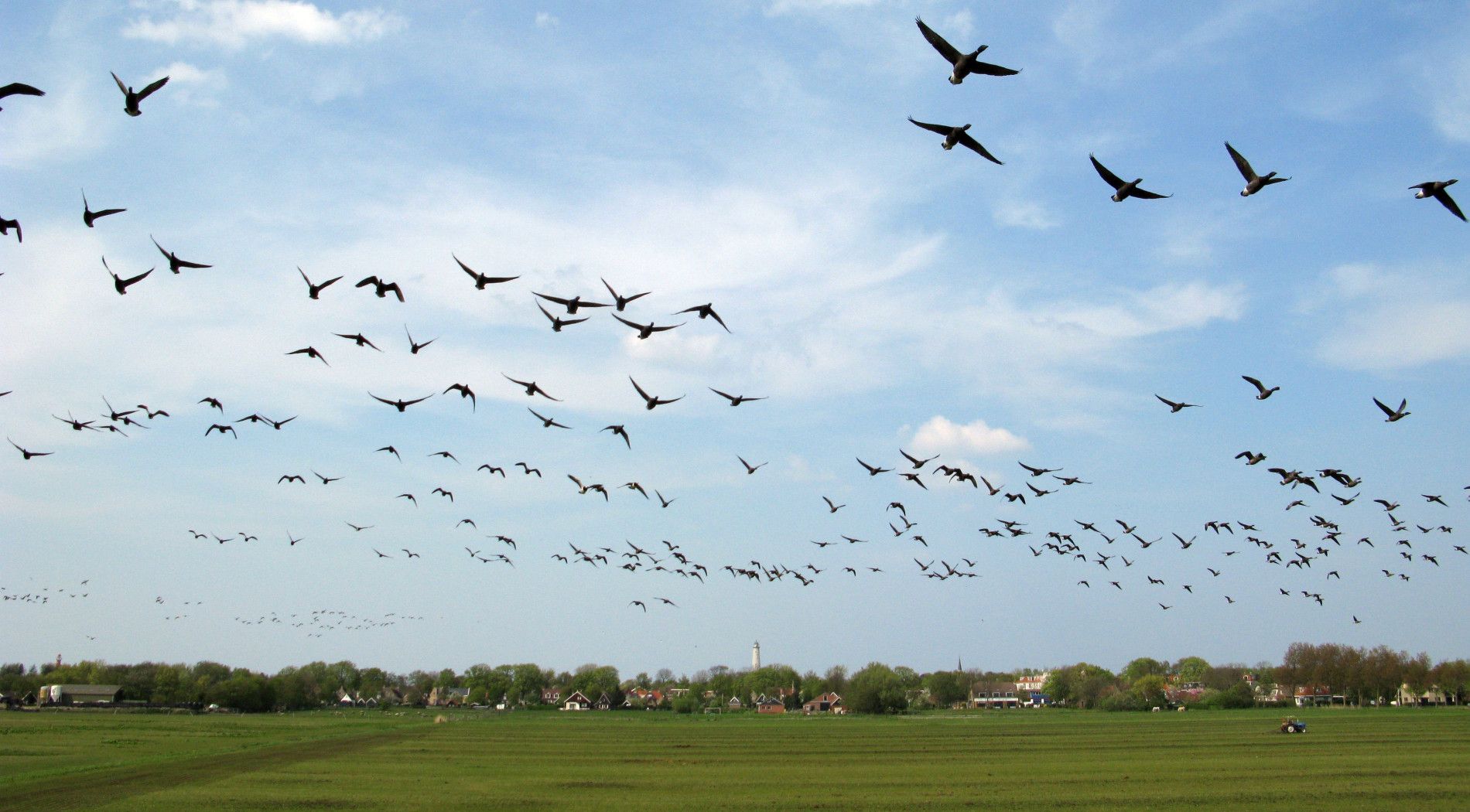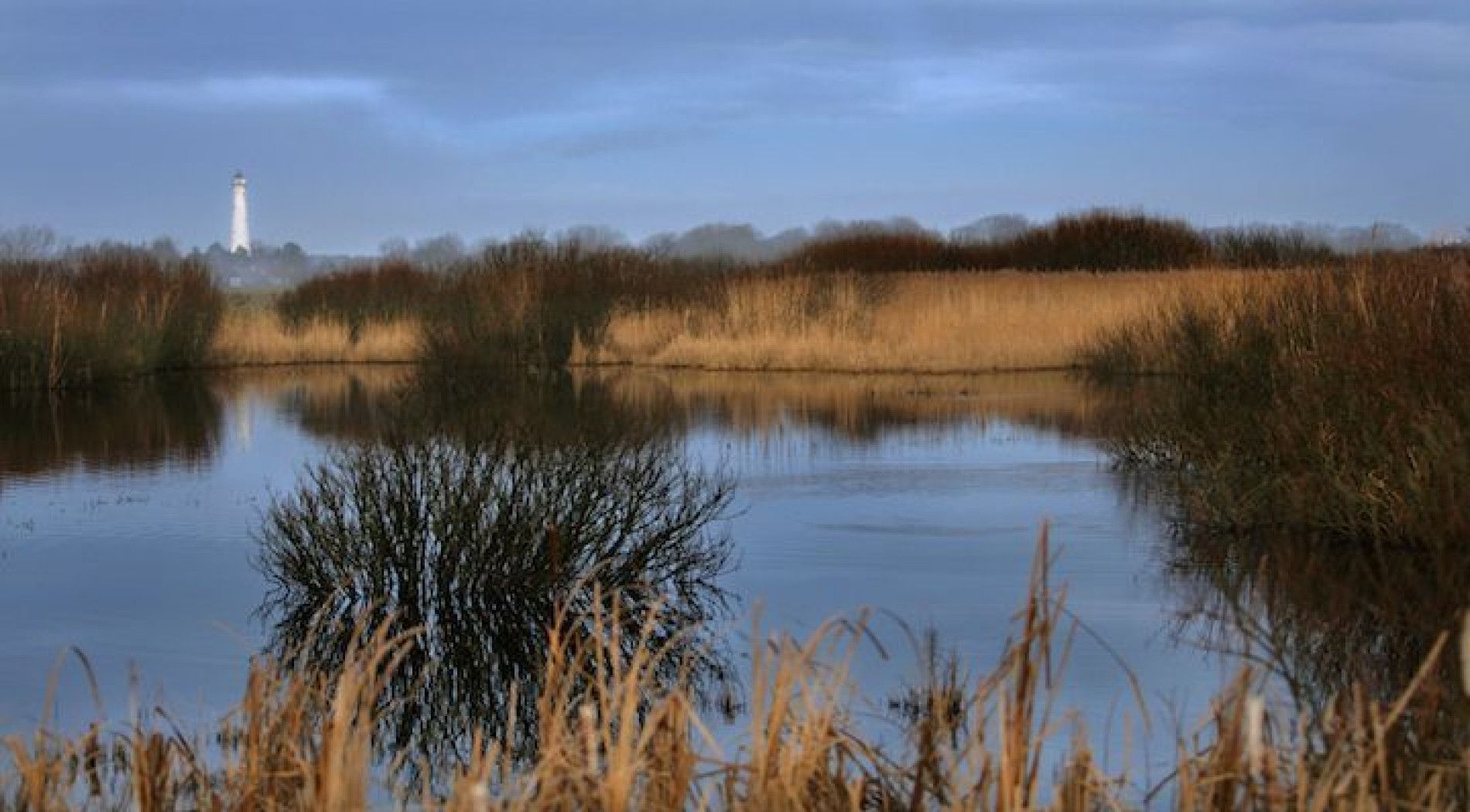
Erik Jansen ranger at Schiermonnikoog island

Erik Jansen's story
'Since the year 2000, I have lived and worked on Schiermonnikoog. First as a nature guide at the Visitor Centre, now as a forester at Natuurmonumenten. What I like most about Schiermonnikoog is that you can be in one of the most special nature reserves of Europe within two minutes from home, in a real National Park. In addition, the variety is incredible. During a one-hour bike ride, you see two seas, shifting dunes, an immeasurably wide beach, dark pine forest and a purple-flowered salt marsh. I wouldn't know any place on earth where you can see so many different landscapes in such a short time.

Bird migration
I find the most extraordinary phenomenon to be the bird migration. Nowhere can you experience this as well as on the Wadden Islands. One day, all the bushes on the island can be full of robins. The next day, all the robins are gone again and every lawn in the village is swarming with blackbirds. Spectacular are also the mudflats south of the island. This is the main refuelling station for shorebirds on their journey between their wintering grounds in West Africa and their breeding grounds in Siberia. In spring and autumn, you can sometimes see huge clouds of sandpipers, plovers and bar-tailed godwits hovering above the mudflats. Breathtaking!
For hundreds of thousands of birds, Schiermonnikoog is an indispensable stopover. If they do not find enough food here, they cannot complete their journey. I find it very special that I get to help protect the food-rich mud flats and the dunes full of berries and insects.

The most beautiful spot on the island
I think the most beautiful spot on the island is the old green dike that runs along the east side of the Westerplas. Here you overlook a couple of clay pits, where the white water trefoil blooms profusely in April. In summer, red-purple cattail and dark yellow angel alant take over. The ponds themselves are ideal for a ‘quick course in duck recognition’. Wigeon, shoveler, teal and gadwall can often be seen beautifully there. In the reed belt around the Westerplas is a spoonbill colony. The tropical white birds shuttle, sometimes right above your head, between mudflats and Westerplas. At dusk, the dreamy croaking of natterjack toads makes it hard to make yourself understood. In short: if you don't get happy here, you never will.'
Retrieved: March 2014
Read another story by Erik? Read part 2 here!